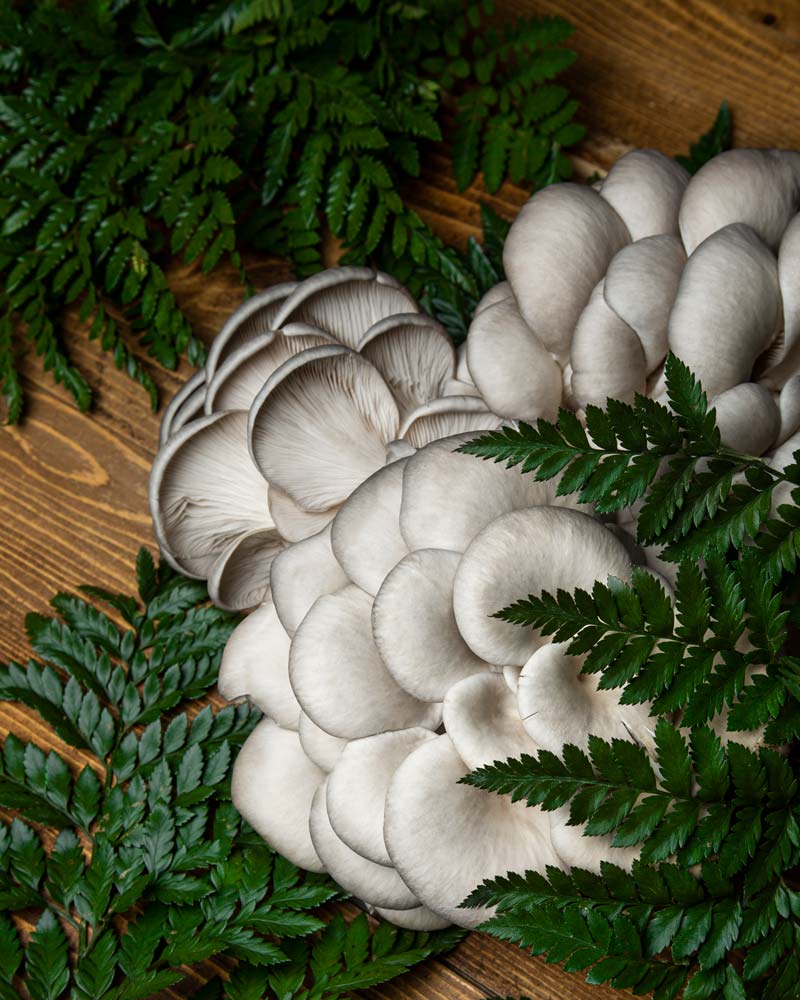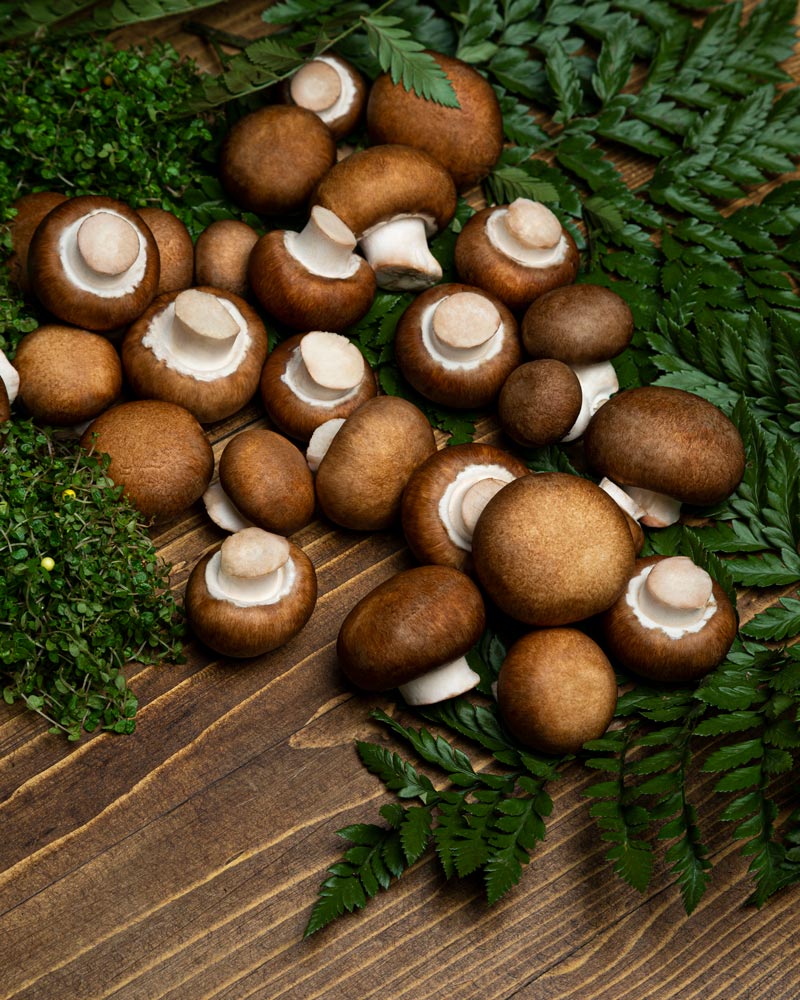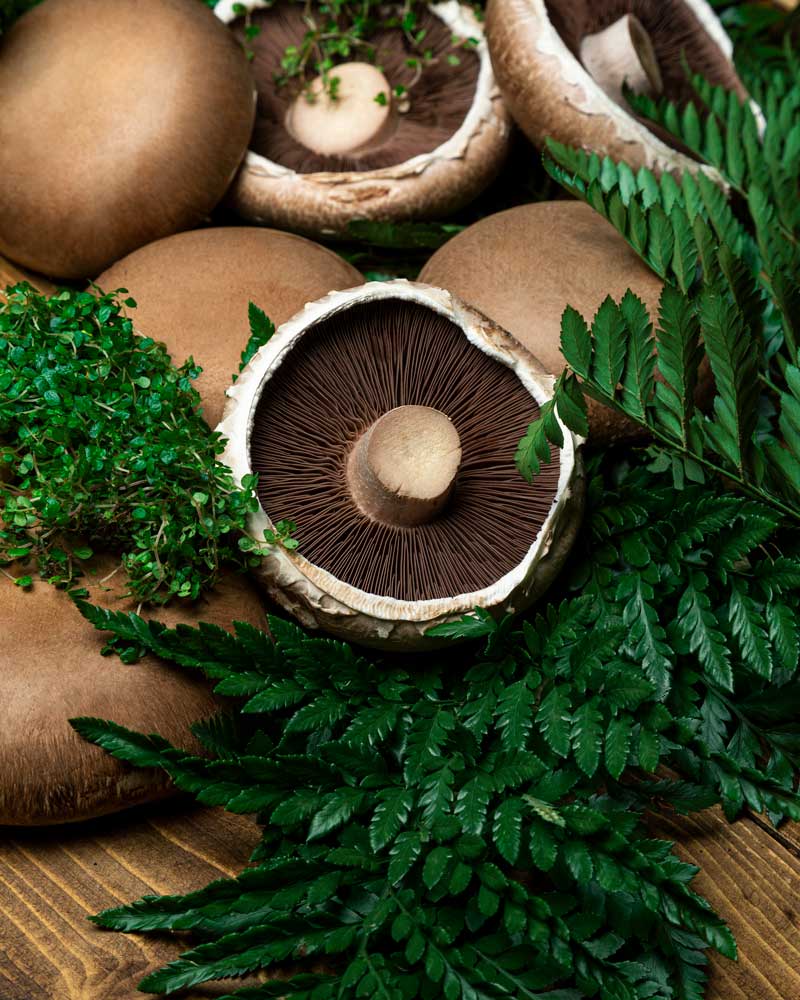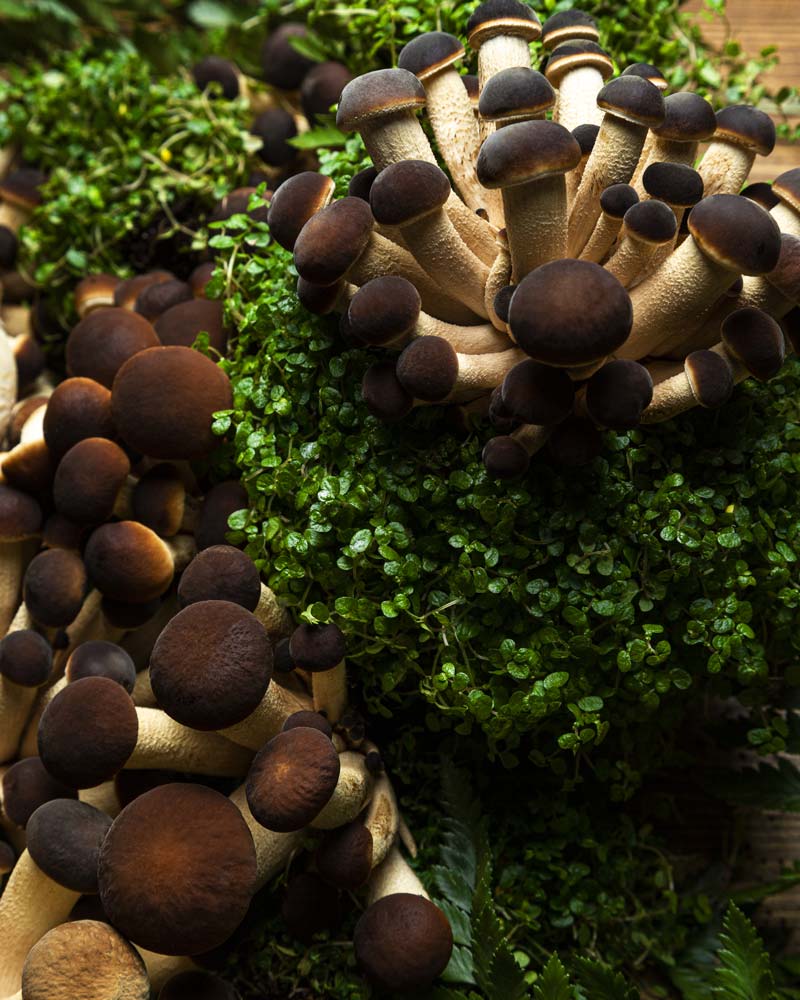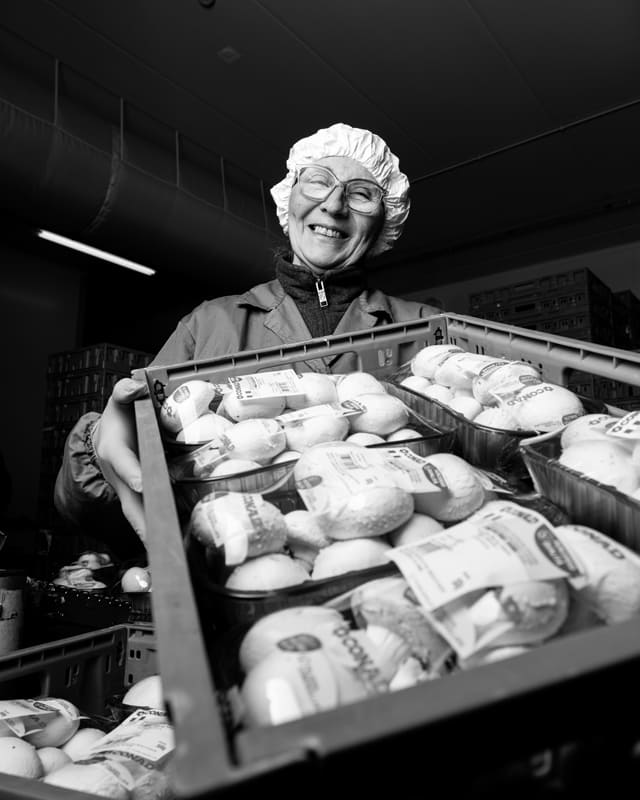
Funghidea
Let's think genuine
Historical growers of Lazio, since 1966 pioneers of fungiculture in Italy , we are a specialist of the cultivated mushrooms , inextricably linked to the supply chain of which we are the commercial and logistical .
We believe in collaboration and authenticity.
We believe in the faces and hands that represent it, support and raise, a finish line after the finish line.
We believe in quality , an expression not only of productive efficiency , but of knowledge, experience and sharing. We believe in a and healthy product , without compromise .
Our mushrooms
Precious resources for your health
Without fat, cholesterol and with a very low calorie intake , mushrooms are a source rich in minerals, in particular potassium, magnesium, selenium and phosphorus.
They contain vitamins of group B and integrate a healthy diet in the name of balance and well -being .
The recipes that include mushrooms between the ingredients are really many. We like to experiment with every variety to identify aromas , play with flavors and test textures .
Our workhorse? The Champignon mushroom, also excellent raw!
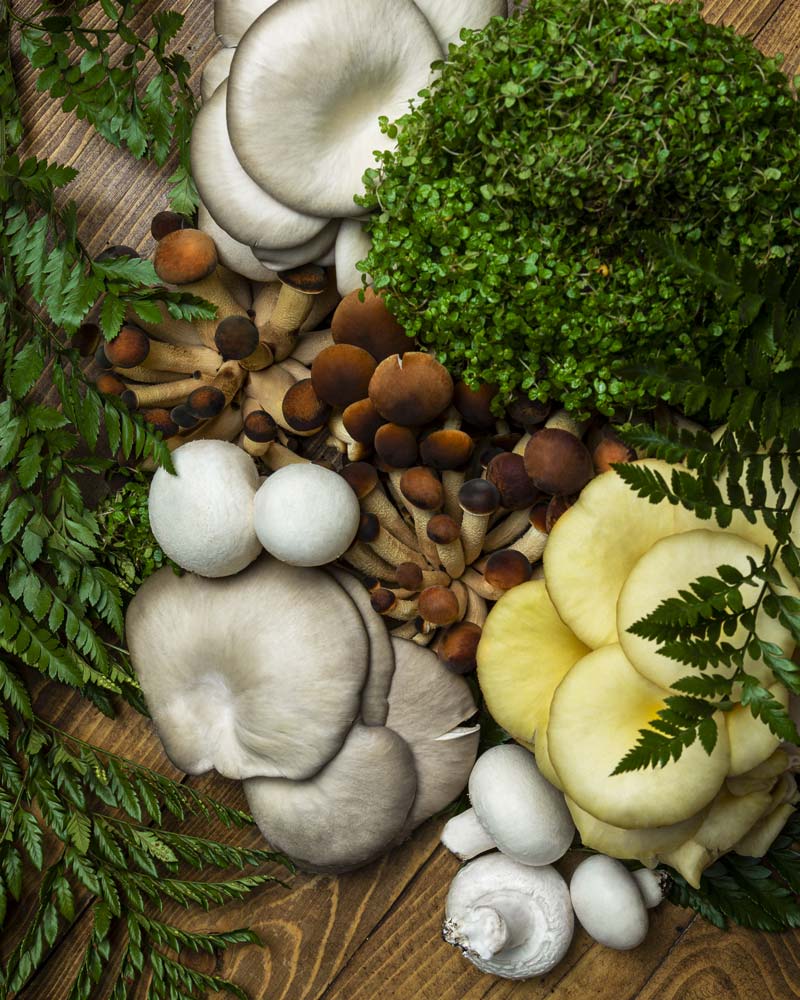
Trifular mixture

Sliced champignon
“
“
The soil and the atmosphere govern all the productions of nature, from man to mushrooms.
Turn
The cultivated mushroom
From the earth to the table
In 2015 Funghidea adheres to the Certificate Italian Mushroom Consortium that promotes the production of Cultivated Mushrooms Certified SGS in accordance with the UNI EN ISO 22005: 2008 .
Our mushrooms are born and grow in Italy traceability system in the agri -food chain.
We take care of it by mainly using physical and biological systems for the defense against parasites and weeds, in compliance with Italian legislation which is the most severe and advanced in Europe.
We only use renewed soil in any cultivation and composed of organic raw material , biodegradable and controlled .
We grow them in environments , without contamination water and energy consumption systems

Applied research and experimentation project
Funeral community analysis associated with the growth substrates of the Pleurotus, experimental tests of fighting " Green Mould Disease " and definition of a control protocol.
